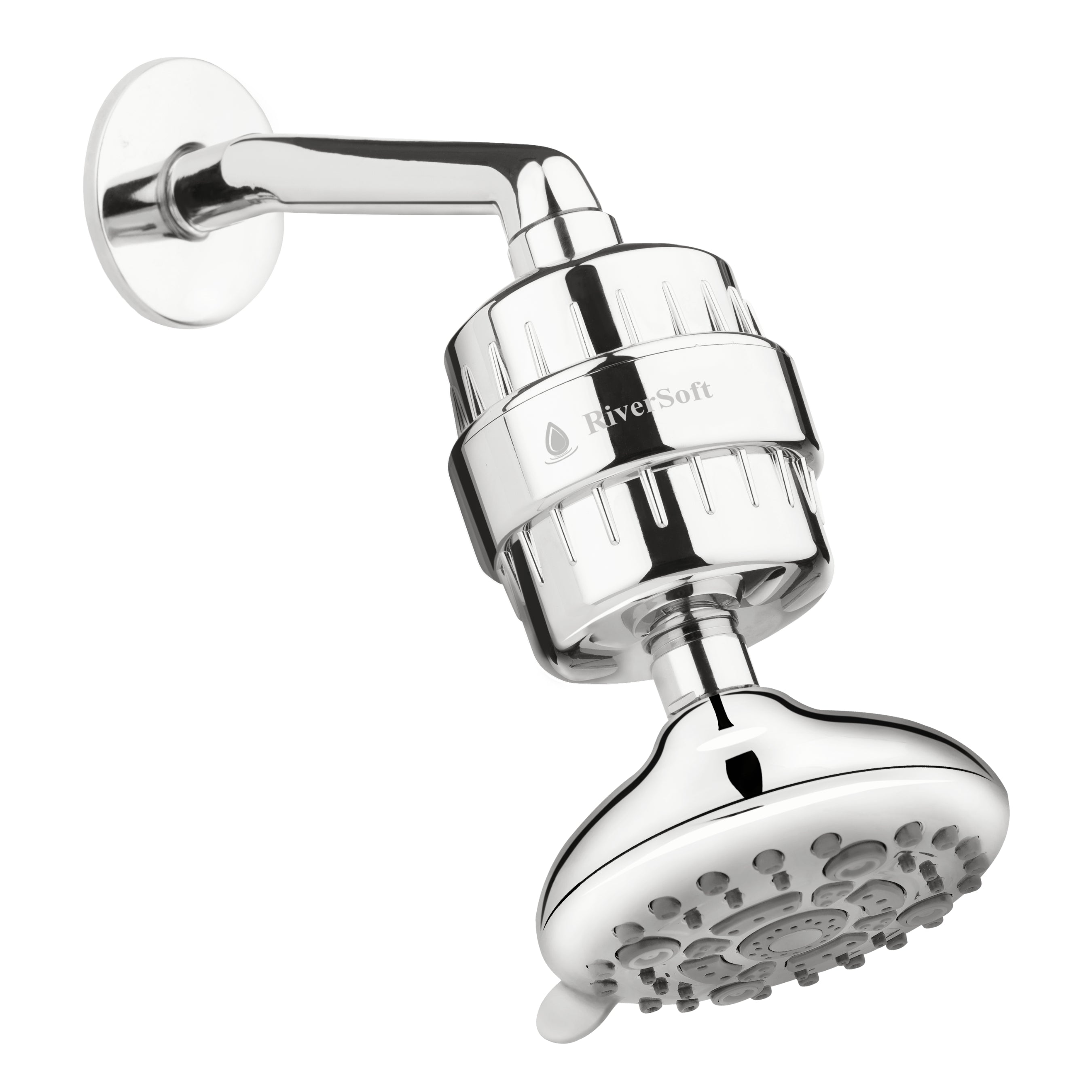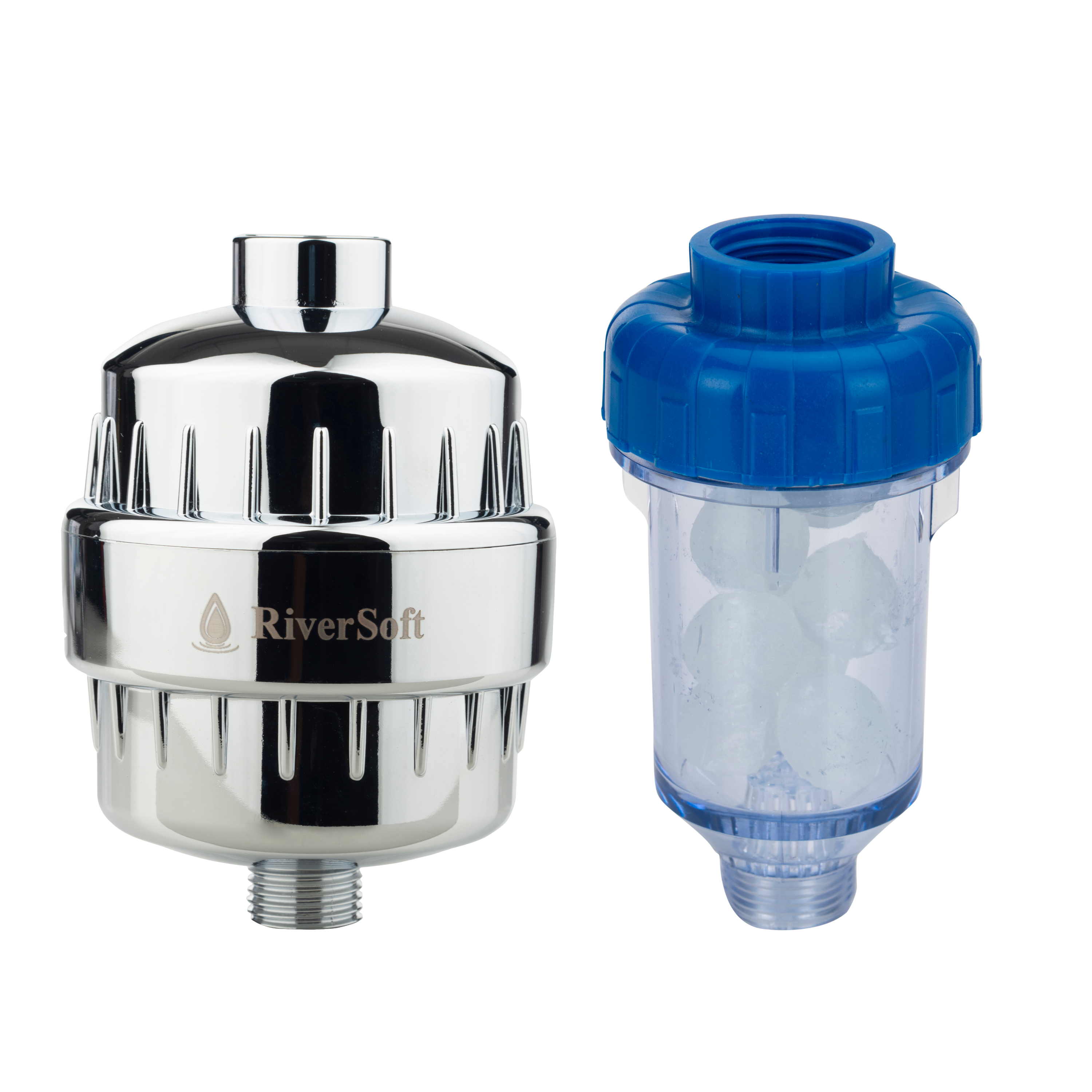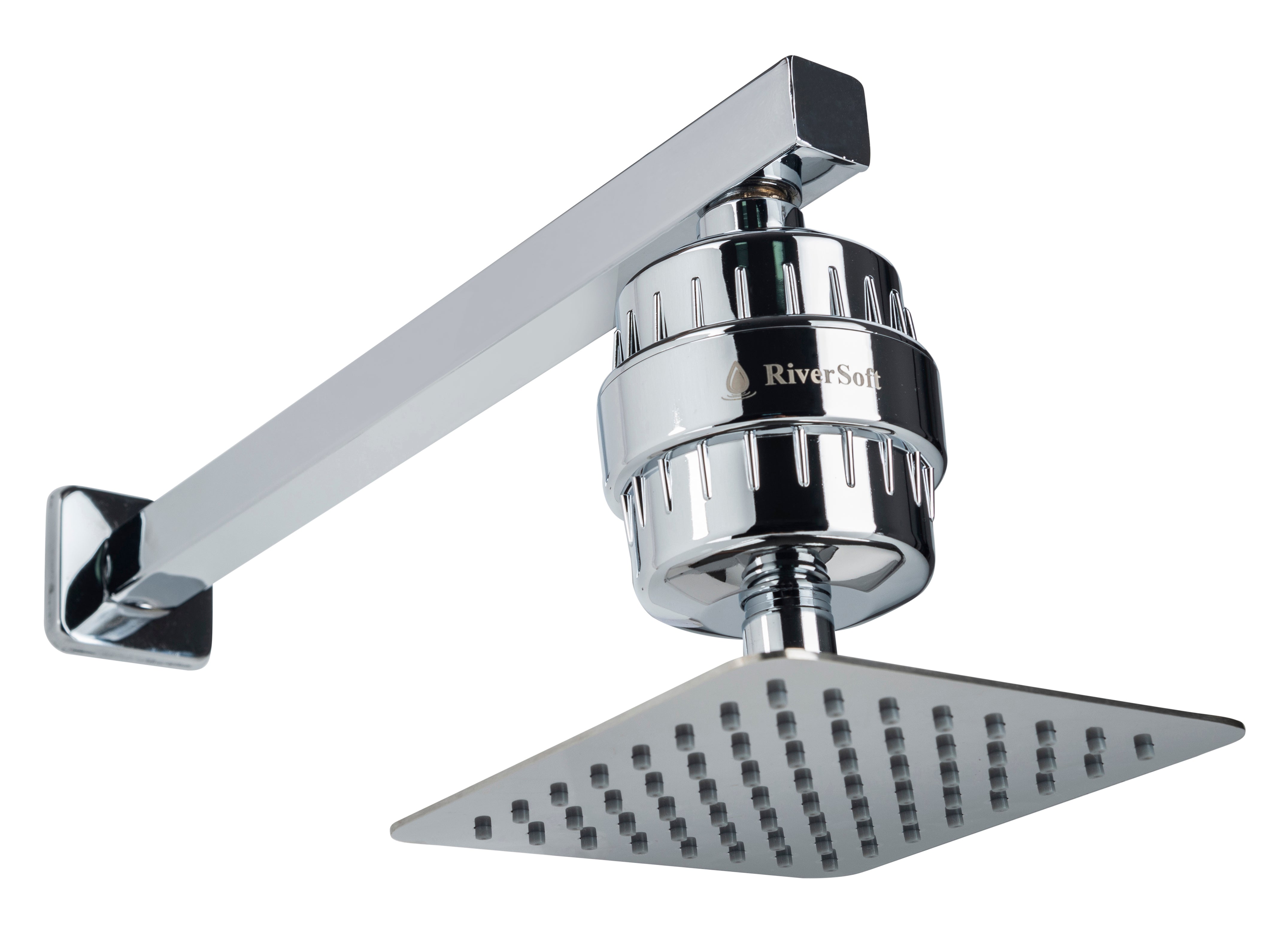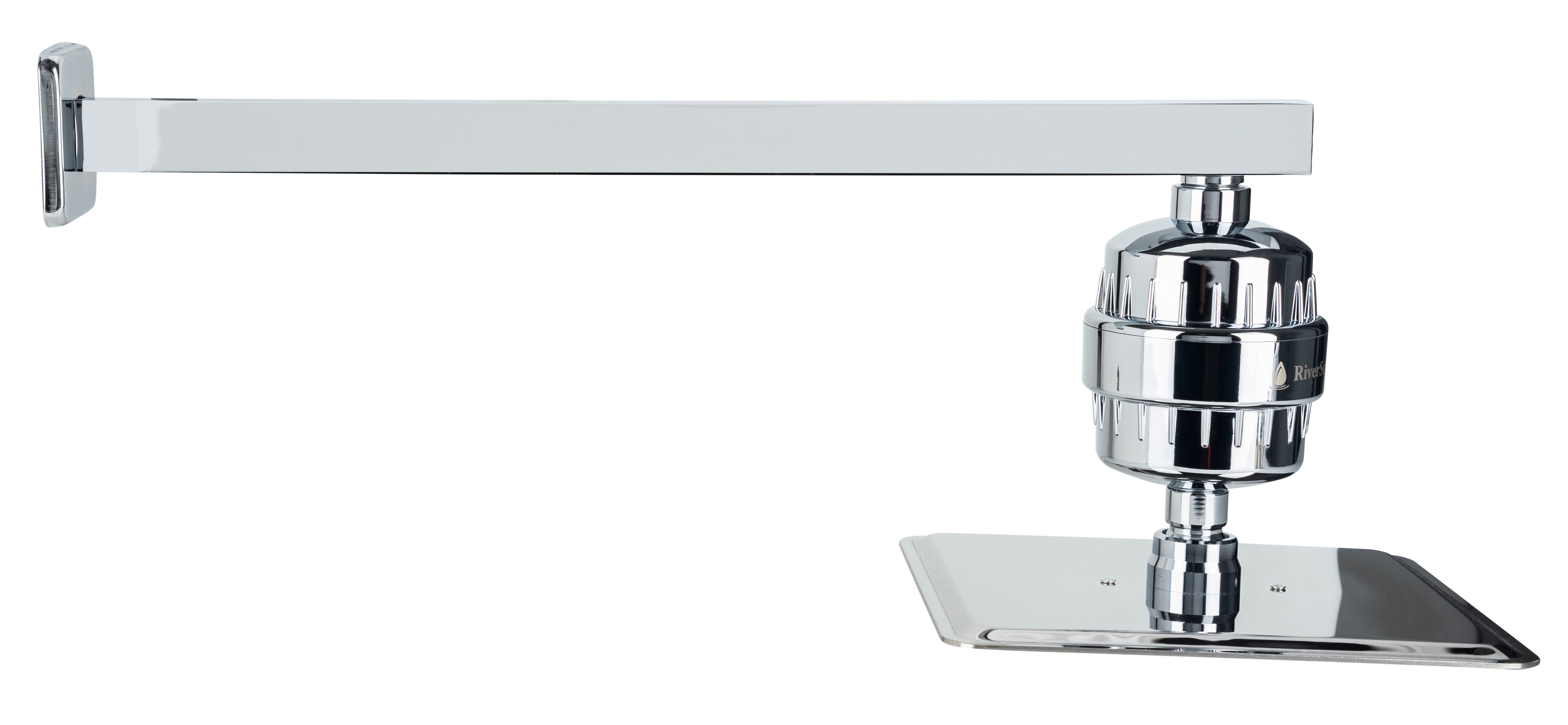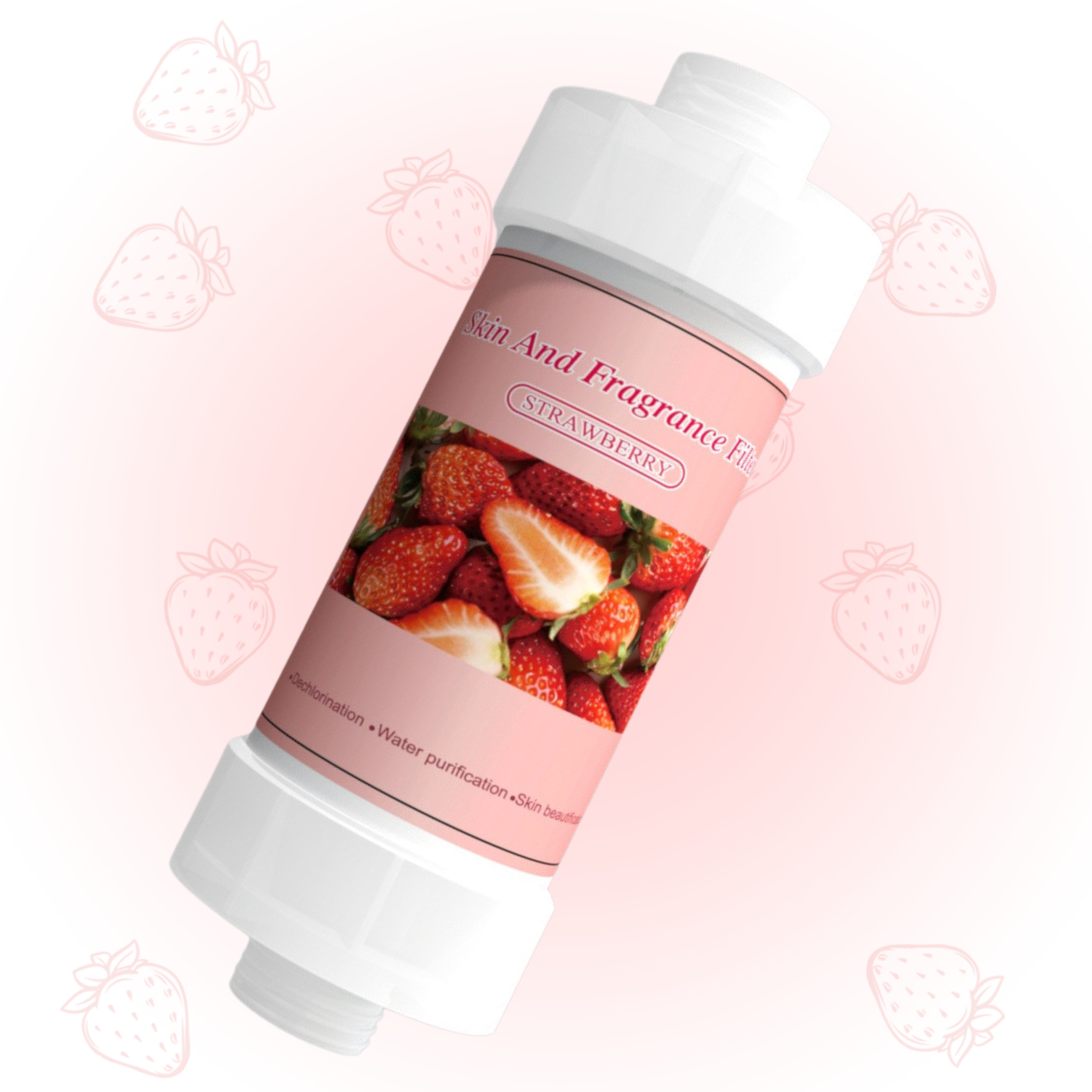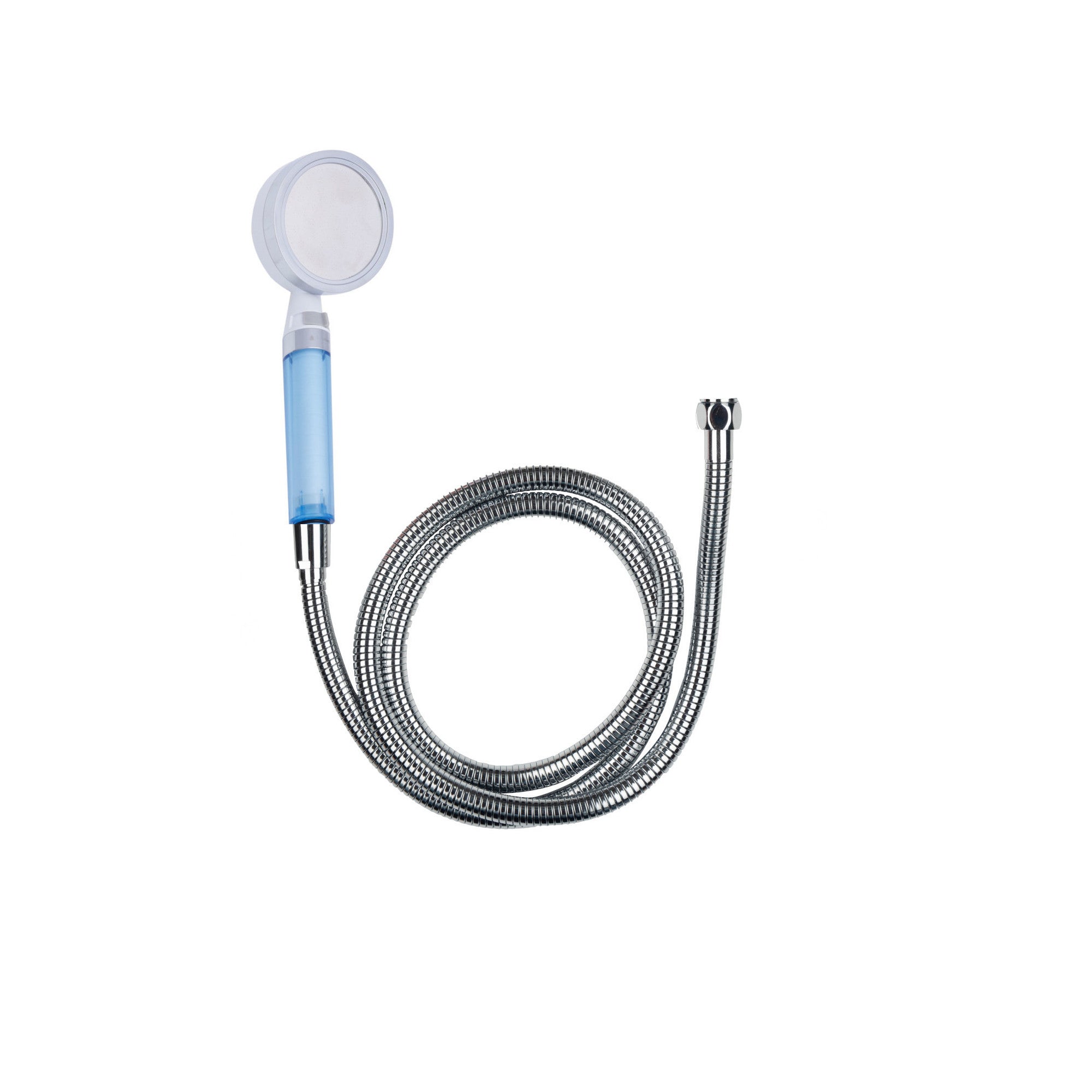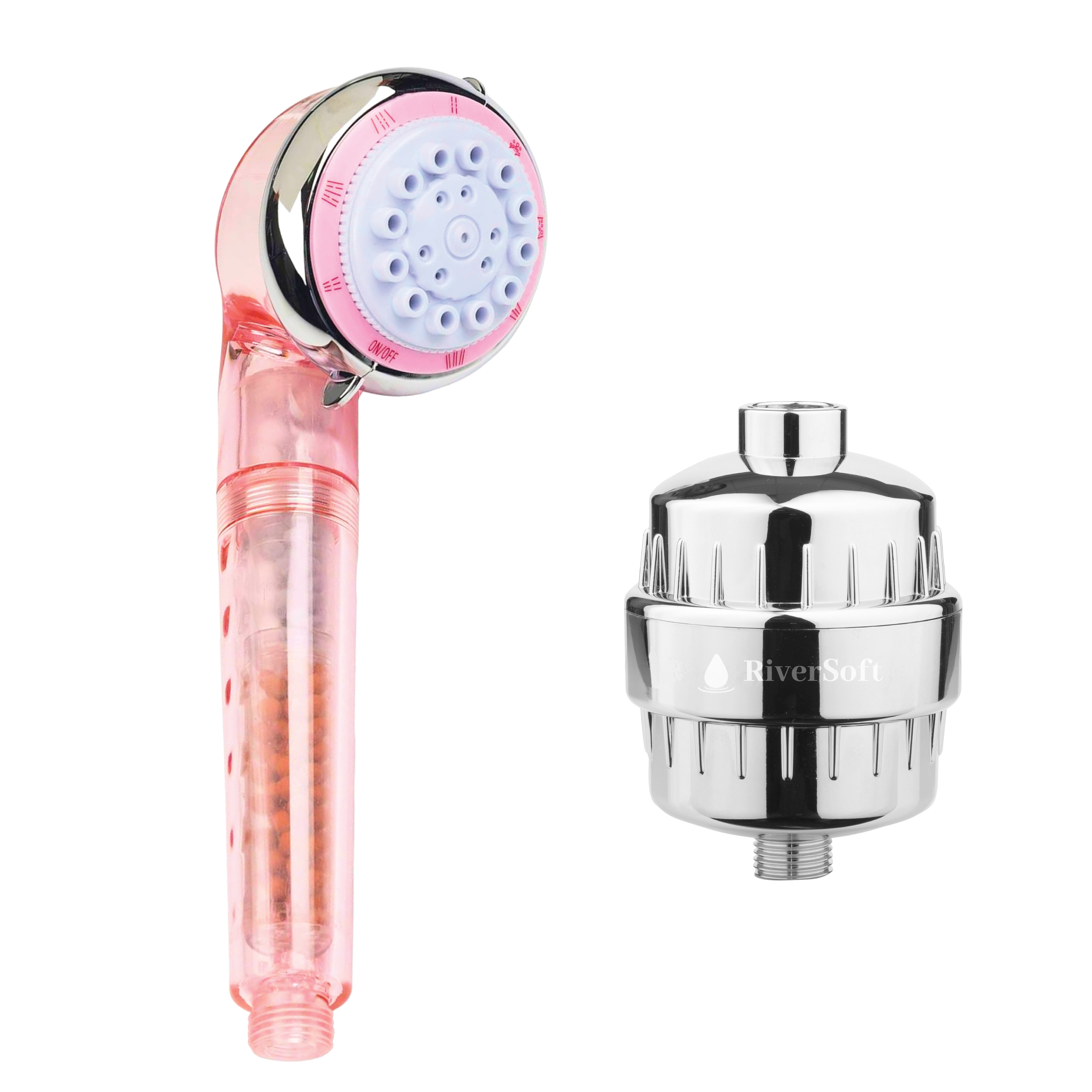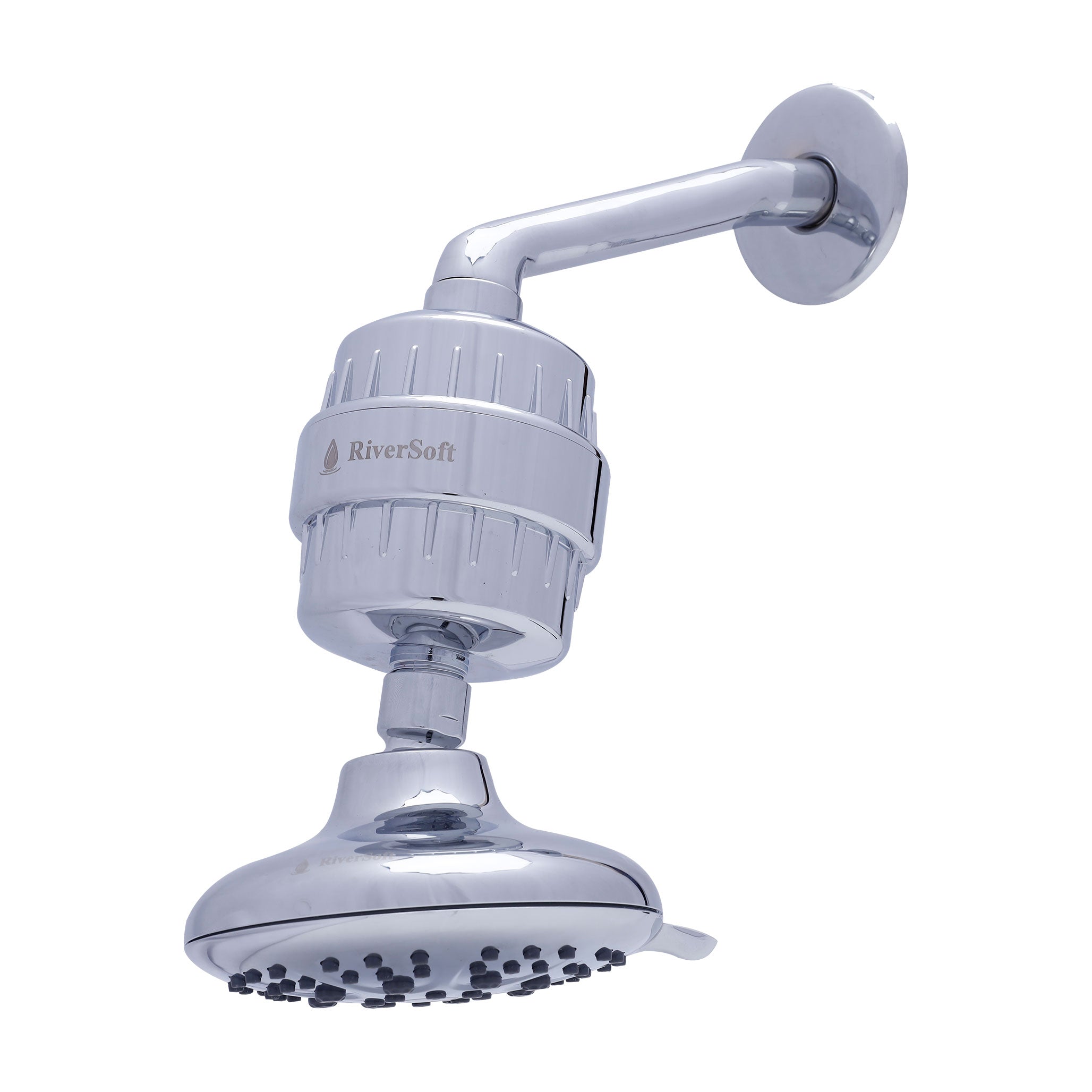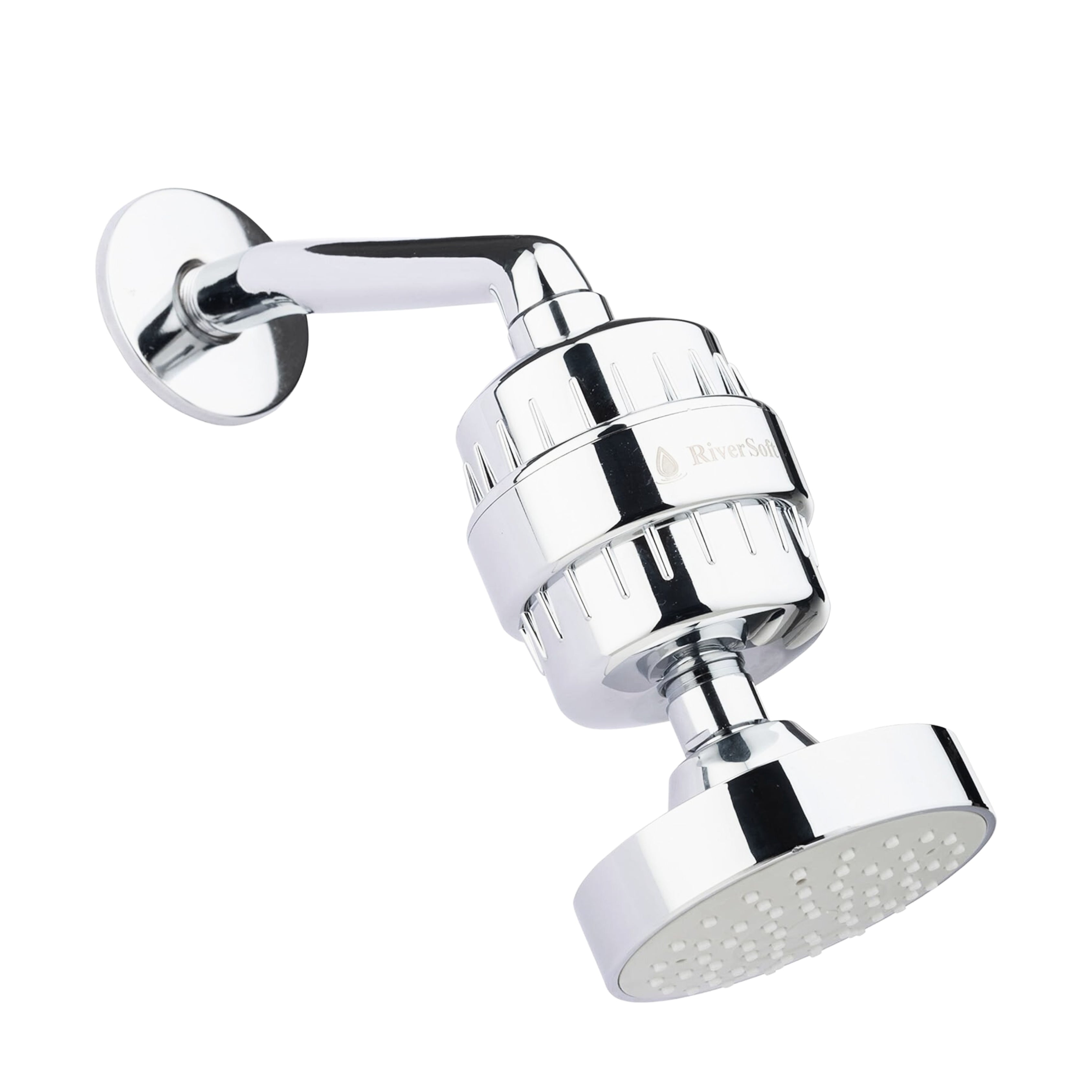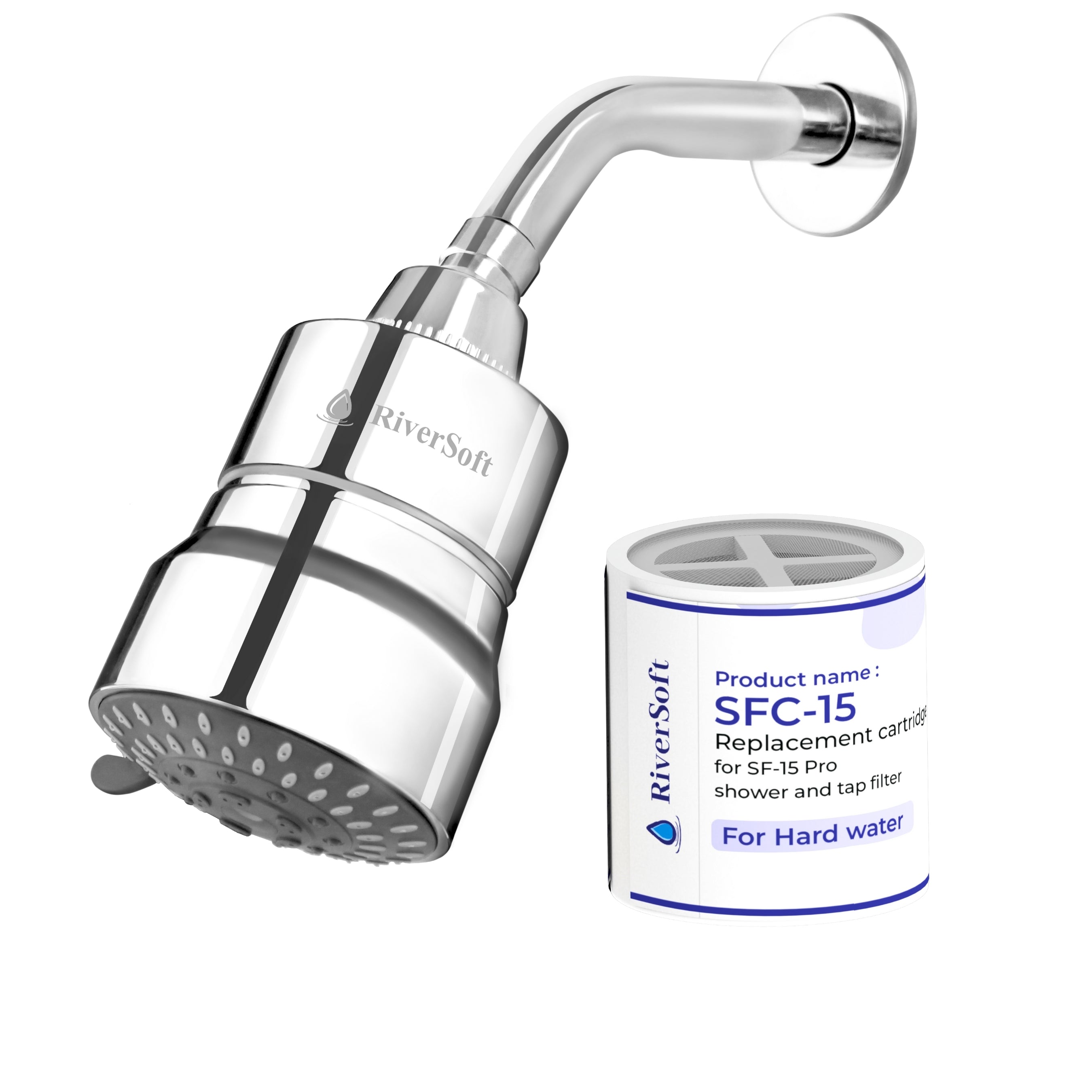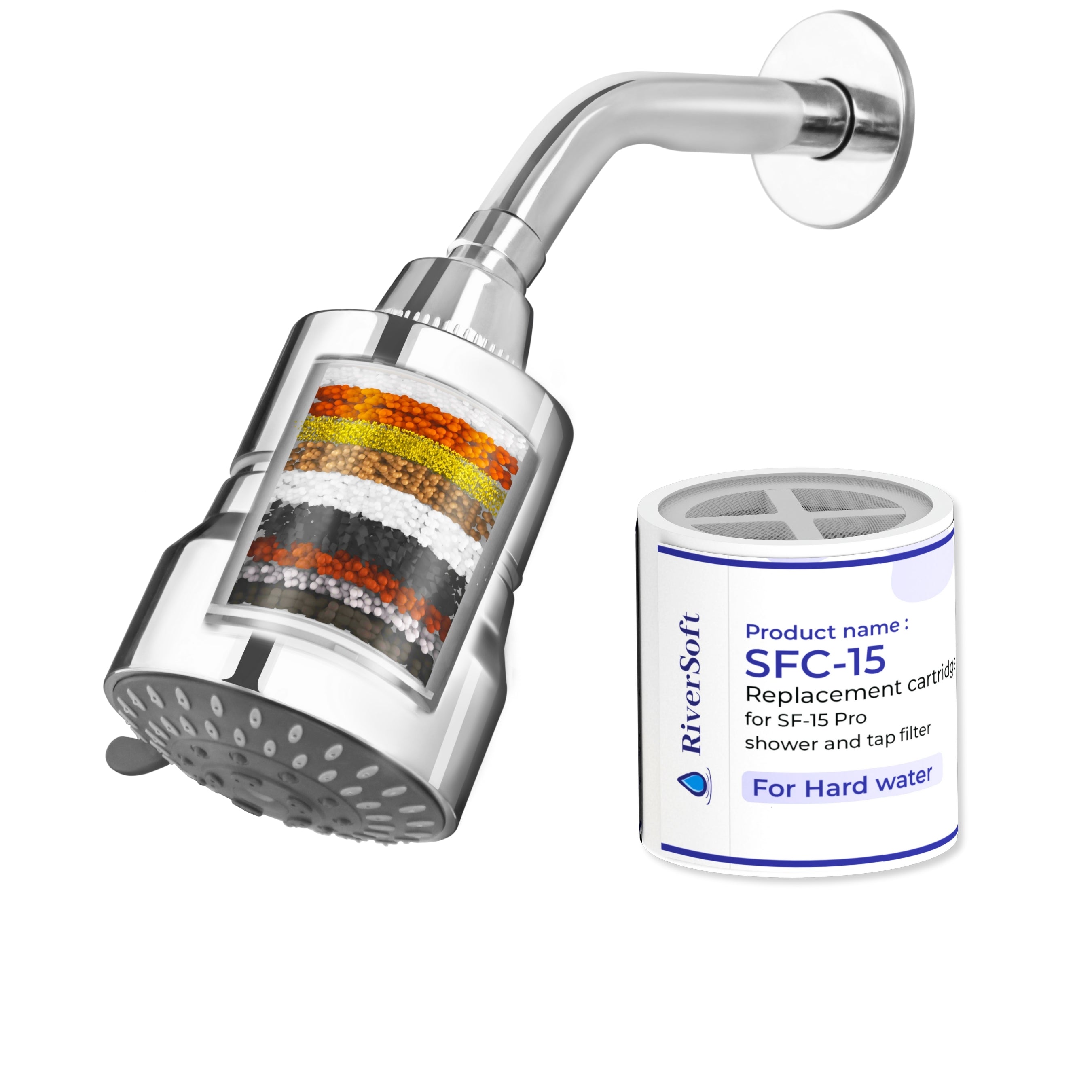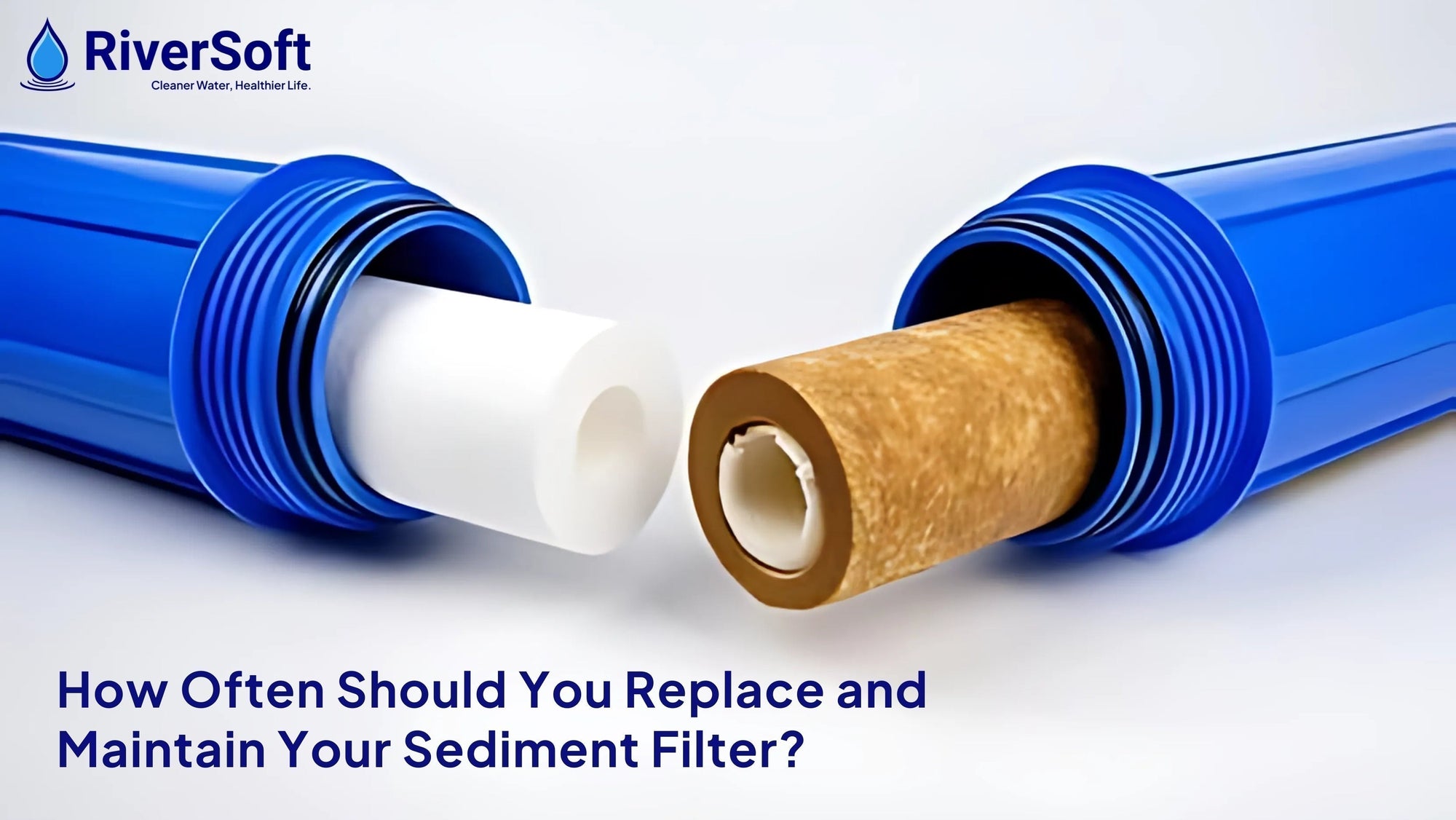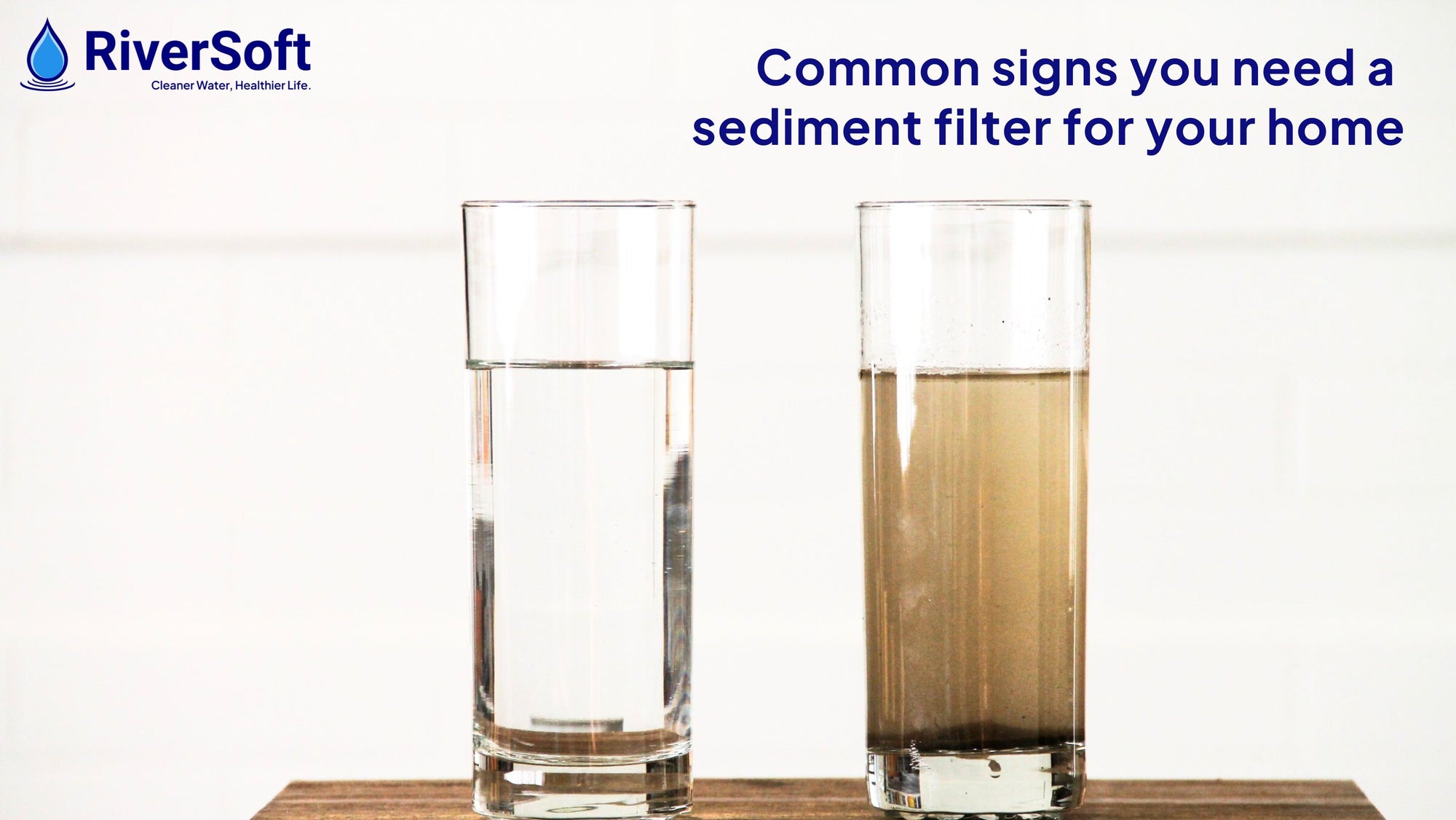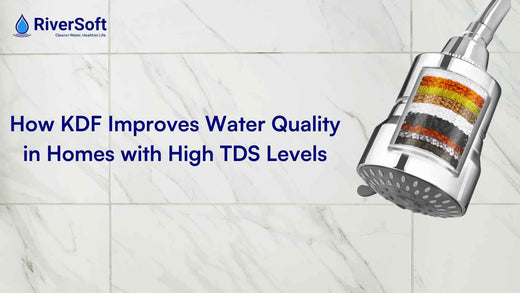Selecting the perfect mainline sediment filter for your home can feel overwhelming, but with the right guidance, you can make an informed decision that meets your specific needs. Here’s a step-by-step guide to help you choose the best sediment filter for your household.
1. Assess Your Water Source
The first step is to identify the type of water entering your home. Is it municipal tap water or well water? Municipal water typically contains rust and debris from aging pipes, while well water often has sand, silt, and other natural sediments. Knowing your water source helps narrow down the filter options.
2. Determine the Micron Rating You Need
Micron rating refers to the size of particles a filter can trap. Common ratings include:
-
5 Microns: Removes fine particles like sand and silt.
-
1 Micron: Captures ultra-fine particles for superior filtration.
If your water contains large amounts of visible particles, a 5-micron filter is sufficient. For clearer water and enhanced filtration, opt for a 1-micron filter.
3. Evaluate Your Household Water Usage
Consider your household’s daily water consumption. Larger households or homes with high water usage benefit from filters with higher flow rates, ensuring sufficient water pressure for all fixtures and appliances.
4. Choose the Right Filter Type
There are three main types of sediment filters to choose from:
-
Spun Filters: Made from melt-blown polypropylene, offering uniform filtration and high dirt-holding capacity. Click here.
-
Yarn Filters: Constructed from wound cotton or polypropylene, ideal for high sediment loads.Click here.
-
Bag Filters: Typically used in industrial or high-flow applications, offering deep filtration but requiring more maintenance. Click here.
For residential use, spun or yarn filters are the most common choices, while bag filters are better suited for commercial applications.
5. Check Filter Size and Motor Compatibility
Sediment filters come in different sizes, with 10-inch and 20-inch being the most common. A 20-inch filter, like the RiverSoft ASP-20, is ideal for large households and water tanks, offering higher capacity and longer-lasting filtration. Additionally, if you use a 1 HP or 2 HP motor, ensure the filter you choose can handle the corresponding water pressure and flow rate.
6. Assess Housing Build Quality and Sealing Mechanism
-
Housing Material: Look for filter housings made from virgin polypropylene rather than recycled plastic for better durability, resistance to high pressure, and longer lifespan.
-
Sealing Mechanism: Some housings use a single O-ring, while others feature a double O-ring for enhanced leak protection. Double O-rings provide a more secure and durable seal, making them ideal for high-pressure applications.
7. Select the Right Inlet/Outlet Size
The inlet and outlet size of the filter housing determines compatibility with your plumbing system.
-
For residential use, a 1-inch inlet/outlet is common, ensuring sufficient flow without pressure loss.
For commercial or high-flow applications, 1.5-inch or 2-inch inlet/outlets are recommended to handle greater water volume efficiently.
Discover the RiverSoft ASP-20 Sediment Filter
At RiverSoft, we’ve designed the ASP-20 Sediment Filter to meet all your filtration needs. With a 20-inch size, 5-micron rating, and compatibility with 1 HP and 2 HP motors, it’s the perfect choice for mainline installations. Built with virgin polypropylene housing and a secure O-ring sealing system, it ensures durability and leak-free operation.
Ready to upgrade your home’s water system? Explore the RiverSoft ASP-20 Sediment Filter here.
Stay tuned for our next blog, where we’ll walk you through the installation process for a mainline sediment filter!
Source: Sciencedirect







